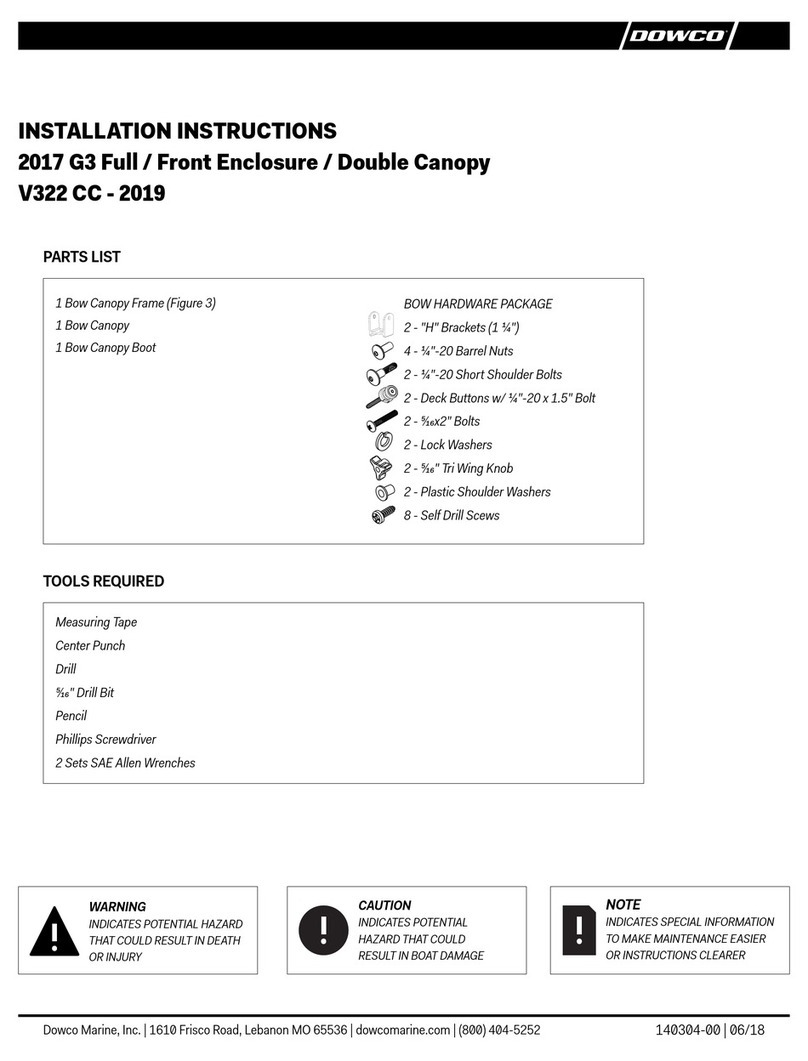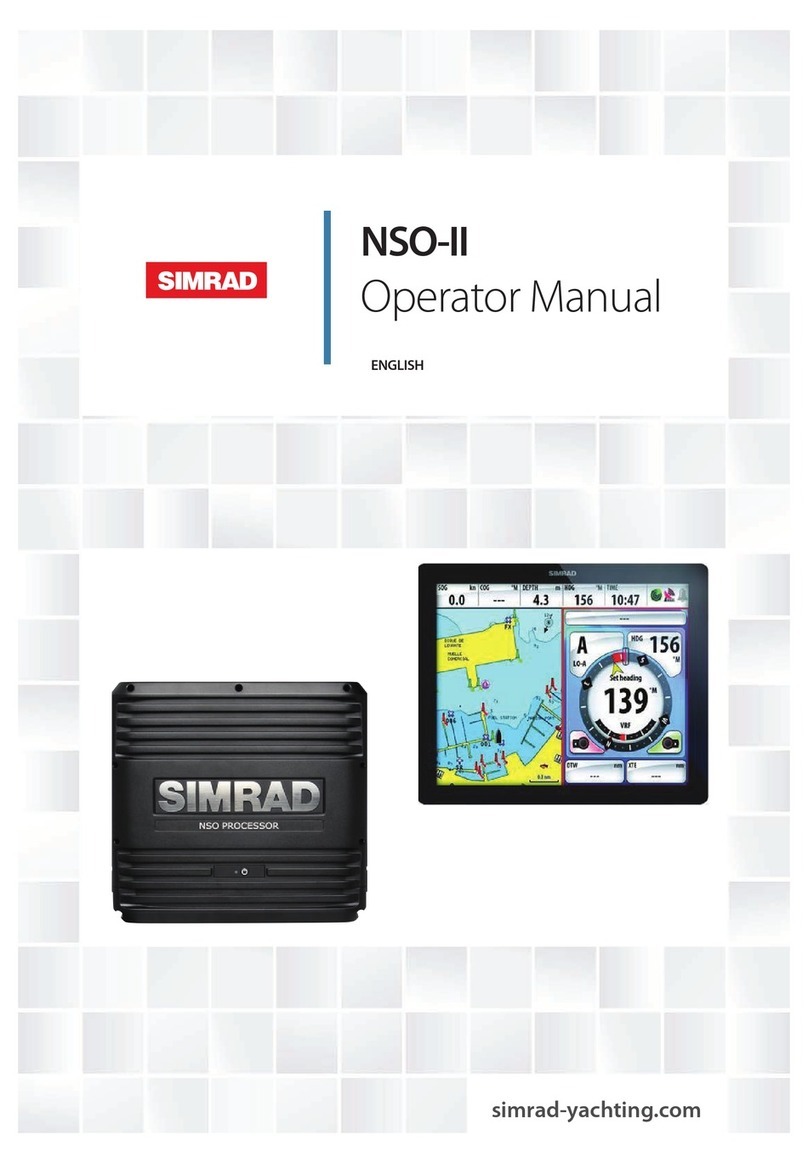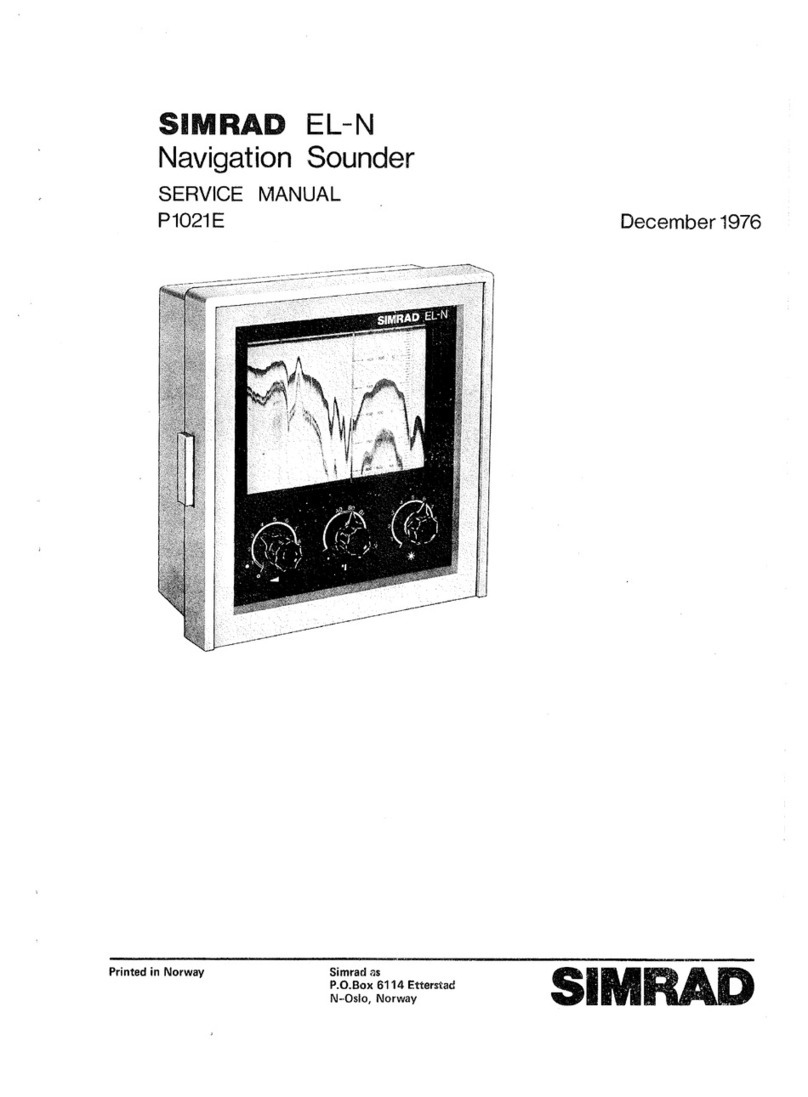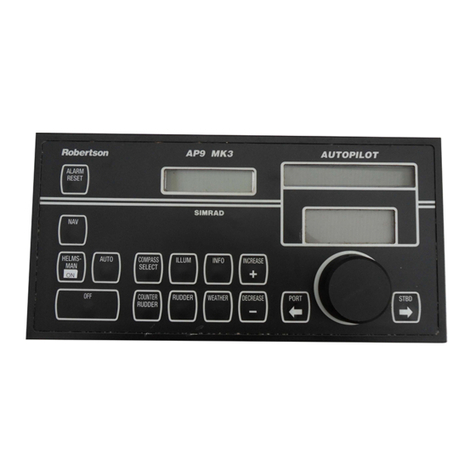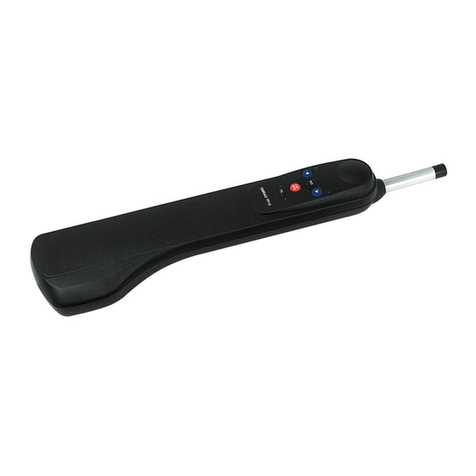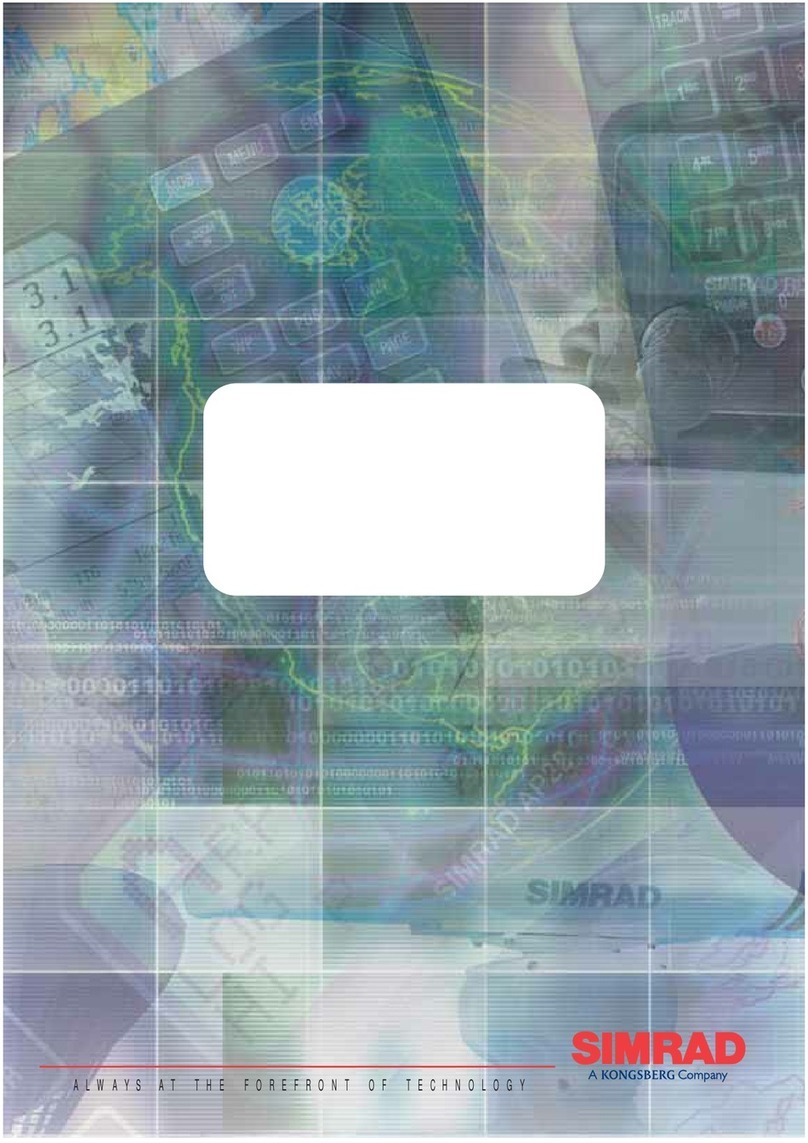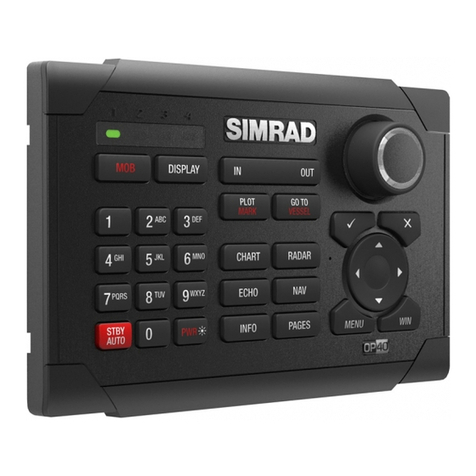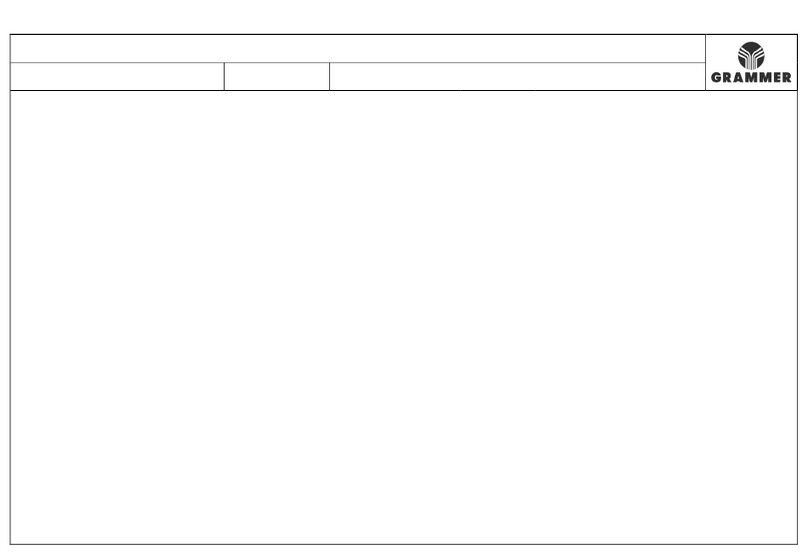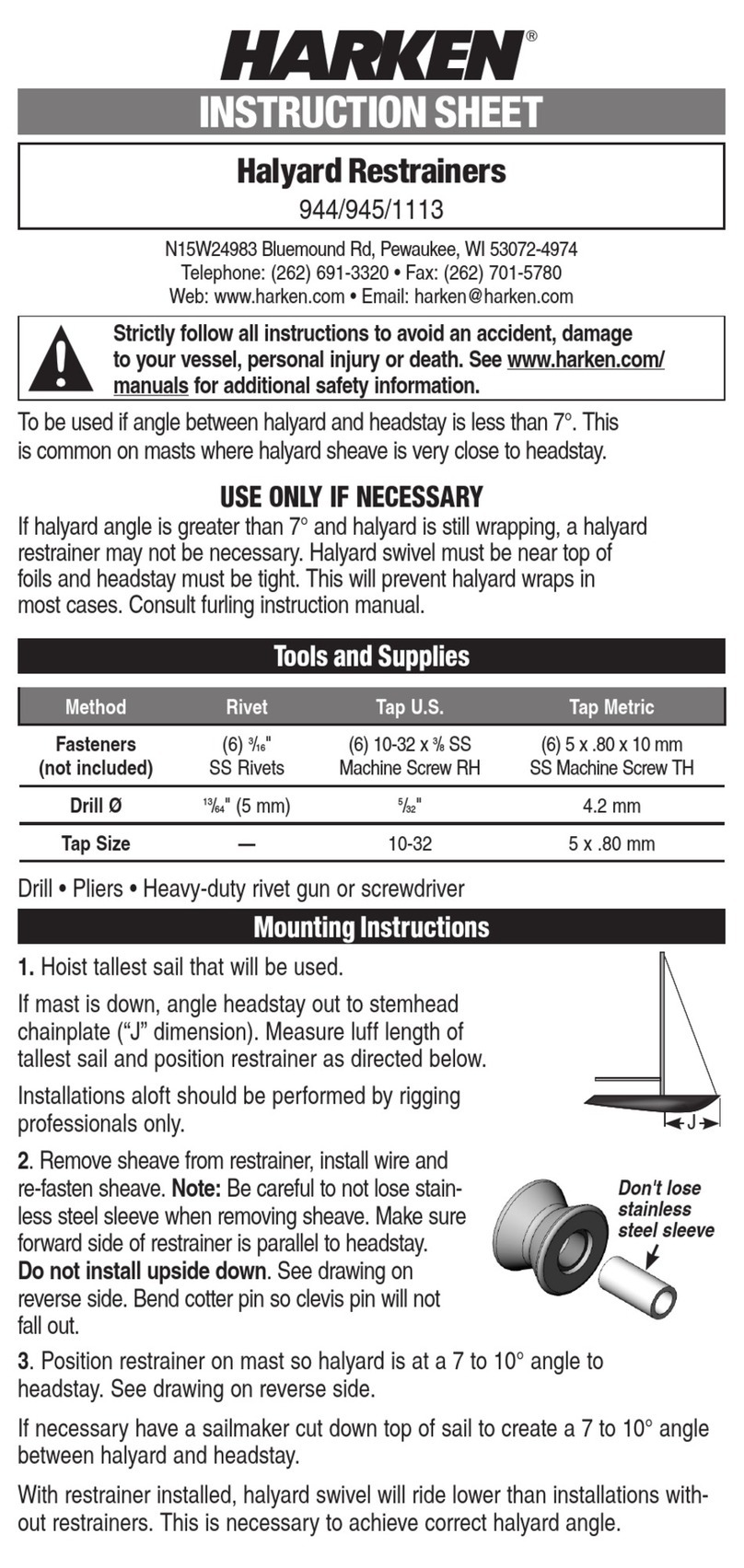4 | AP28 Manual
3.3 Remote lock..........................................66
4 Setup at installation.................................. 69
4.1 First time turn on...................................69
4.2 Installation Menu ...................................70
4.3 Service Information.............................. 102
5 Alarm system.......................................... 105
5.1 Alarm indication................................... 105
5.2 Acknowledging an alarm ....................... 106
5.3 Viewing active alarms........................... 106
5.4 Alarm codes ........................................ 106
6 Trouble shooting..................................... 109
6.1 SimNet status...................................... 109
6.2 System data........................................ 109
6.3 Resets................................................ 110
6.4 Alarms ............................................... 111
7 Maintenance ........................................... 115
7.1 General .............................................. 115
7.2 Control unit......................................... 115
7.3 Autopilot Computer .............................. 115
7.4 Rudder Feedback ................................. 115
7.5 Compass............................................. 116
7.6 Drive unit ........................................... 116
7.7 Exchange of software program............... 116
8 Optional equipment ................................ 117
